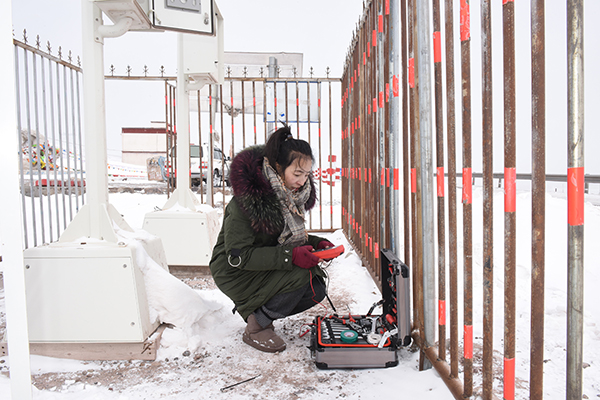Monitoring climate change


Chen Jinshui is the founder of the station. Back in the 1960s, Chen arrived at Amdo with two tents and a few meteorological measuring instruments to establish the observation site.
"The villagers could not understand what I was doing. They whispered among themselves that I must be crazy," says Chen, who is 85.
Later on, a few others joined him, and they had to dig into the frozen soil with shovels and pickaxes to build the observation site.
Chen recalls that in the past yak dung was the only available fuel, and he had to walk for dozens of kilometers to buy it.
Without pressure cookers, it was hard to cook rice due to the low oxygen concentration in the air. Therefore, they only ate half-cooked rice.
Chen, who returned to his hometown after retiring, visited Amdo in 2013. And he was happy to see big changes at the station.
Instead of using dung for heating, the bureau has a coal-fueled heating system. A three-story office building has replaced the shabby mud house. And automated observation facilities and electronic data collecting systems have reduced much of the manual labor.
As for the personnel who followed in Chen's footsteps, they are just as committed.
Losong Lhamo has been working at the station since 2012 after graduating from a university in the city of Nanjing, Jiangsu province. She was so dedicated to her work that she applied to continue working even when she was pregnant and near her due date.
Tsangla once worked in the meteorological bureau of Sog county, where, at an altitude lower than 4,000 meters, work was less challenging and life more comfortable. But the 29-year-old soon applied to move to the Amdo bureau, knowing there was a lack of staff.
Over the past five decades, the station has collected around one million pieces of meteorological data, creating valuable reference data for the study of climate change on the Qinghai-Tibet Plateau, the prevention of natural disasters and for the construction of the Qinghai-Tibet Railway.




































